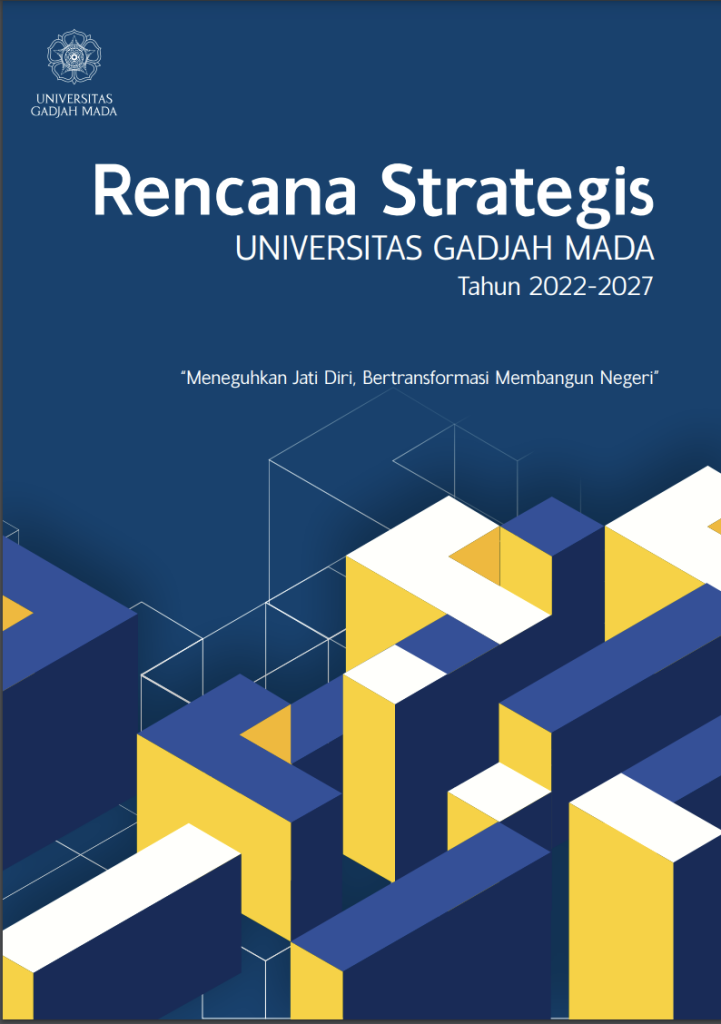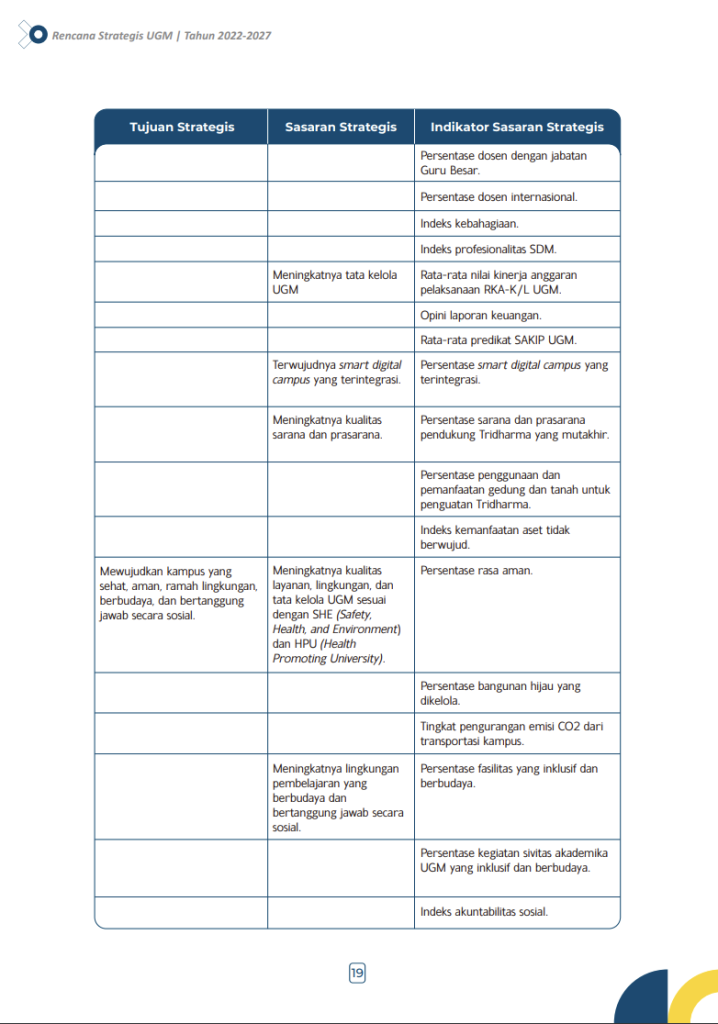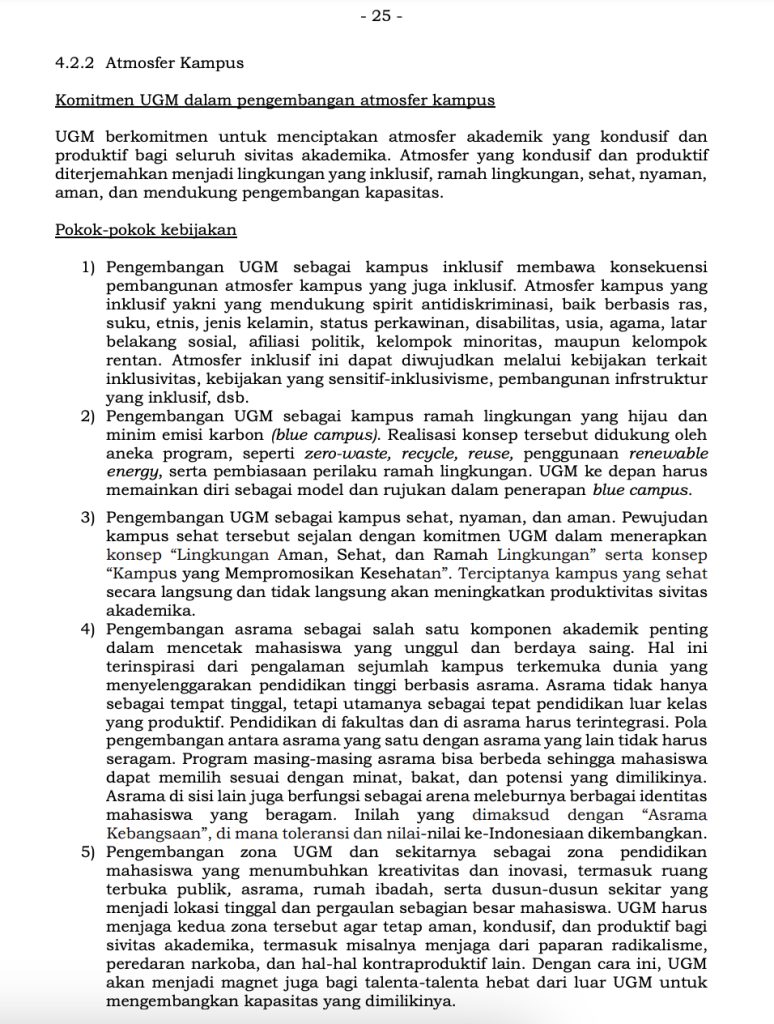According to Rector’s Regulation Number 157 Year 2020 regarding the Requirement for Electrical Systems (pg. 32) and the Universitas Gadjah Mada’s Strategic Plan 2022-2027 (pg. 19, Campus Atmosphere Development Strategy) regarding infrastructure development, UGM has put in place regulations on renovations and building standards in order for its buildings to reach higher energy efficiency.
According to Article 9 (pg. 32), UGM’s electrical systems must follow SNI standards. These standards cover the installation and operation of low and medium-voltage systems that must meet environmental protection standards. Energy-efficient practices are required for all lighting, air conditioning, and equipment in buildings. By following SNI standards, UGM’s buildings can be safe, efficient, and sustainable.



One of the university’s targets is to create a campus that is healthy, safe, environmentally friendly, culturally rich, and socially responsible by enhancing the quality of services, the environment, and governance (see pg. 19 of Strategic Plan below) in line with SHE (Safety, Health, and Environment) and HPU (Health Promoting University) standards. One key indicator of this initiative is the percentage of green buildings managed by the campus. Green buildings must be energy-efficient, as energy efficiency is a cornerstone of sustainable construction and operation.


UGM’s commitment to meeting the needs of infrastructure which are healthy, comfortable, safe, and sustainable is further reinforced in the Board of Trustees Regulation Number 1 Year 2021 concerning the Campus Master Plan (see pg. 22 and pg. 25 below). UGM is continuously being developed into an environmentally friendly and low carbon emission campus (blue campus) through the implementation of various programs such as zero-waste programs, recycling, reuse, the use of renewable energy, and the encouragement of environmentally friendly behaviour.



